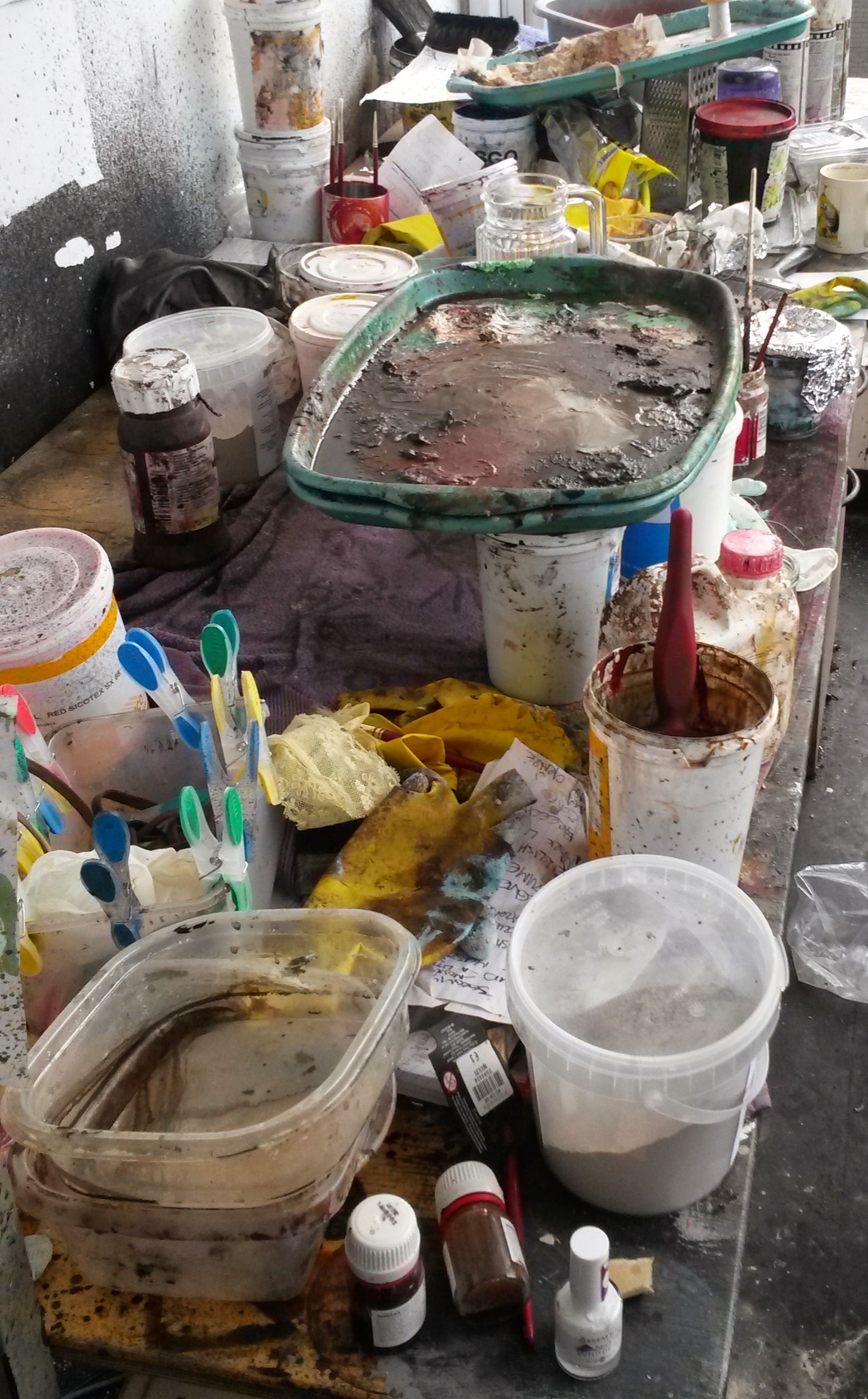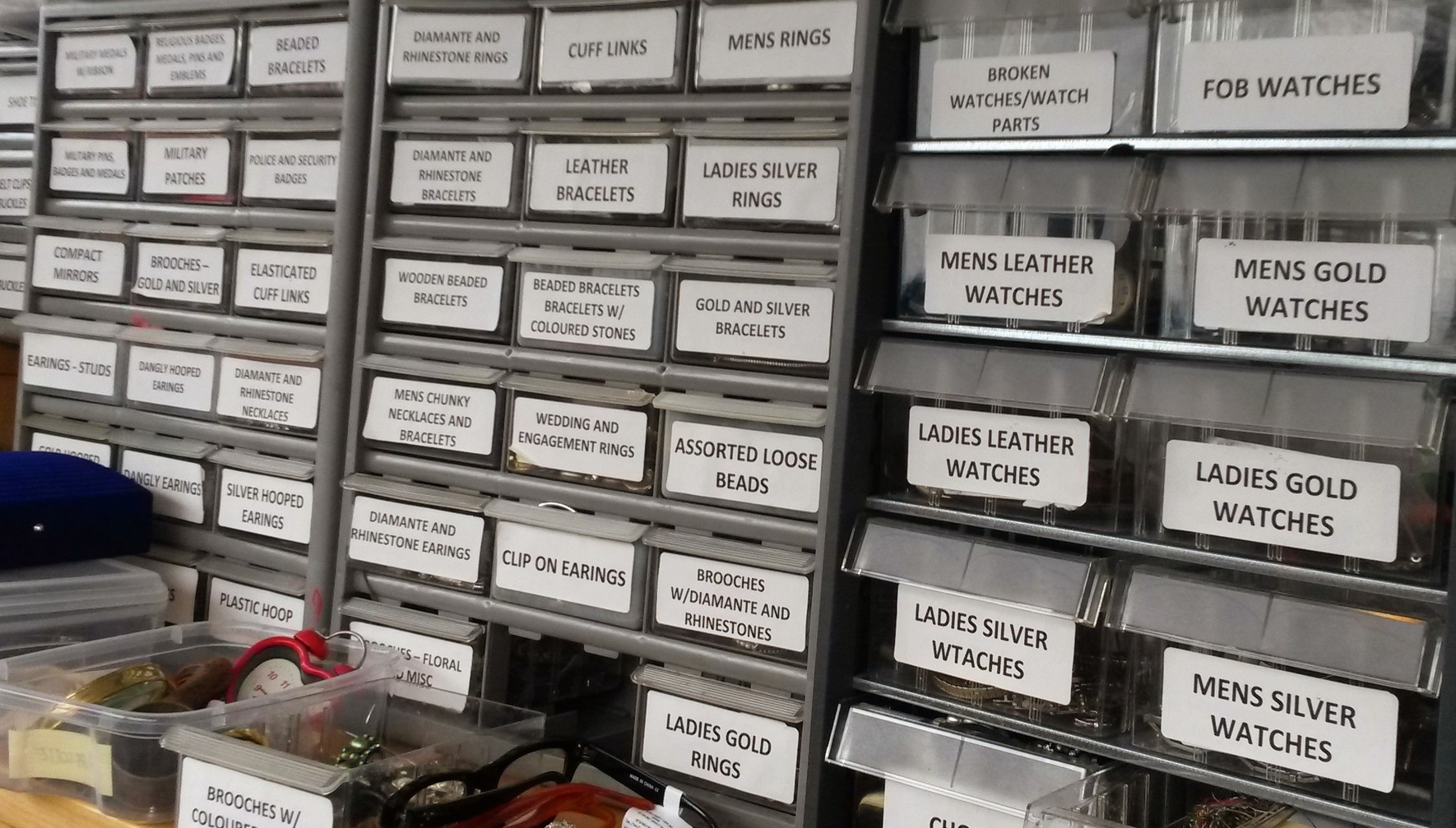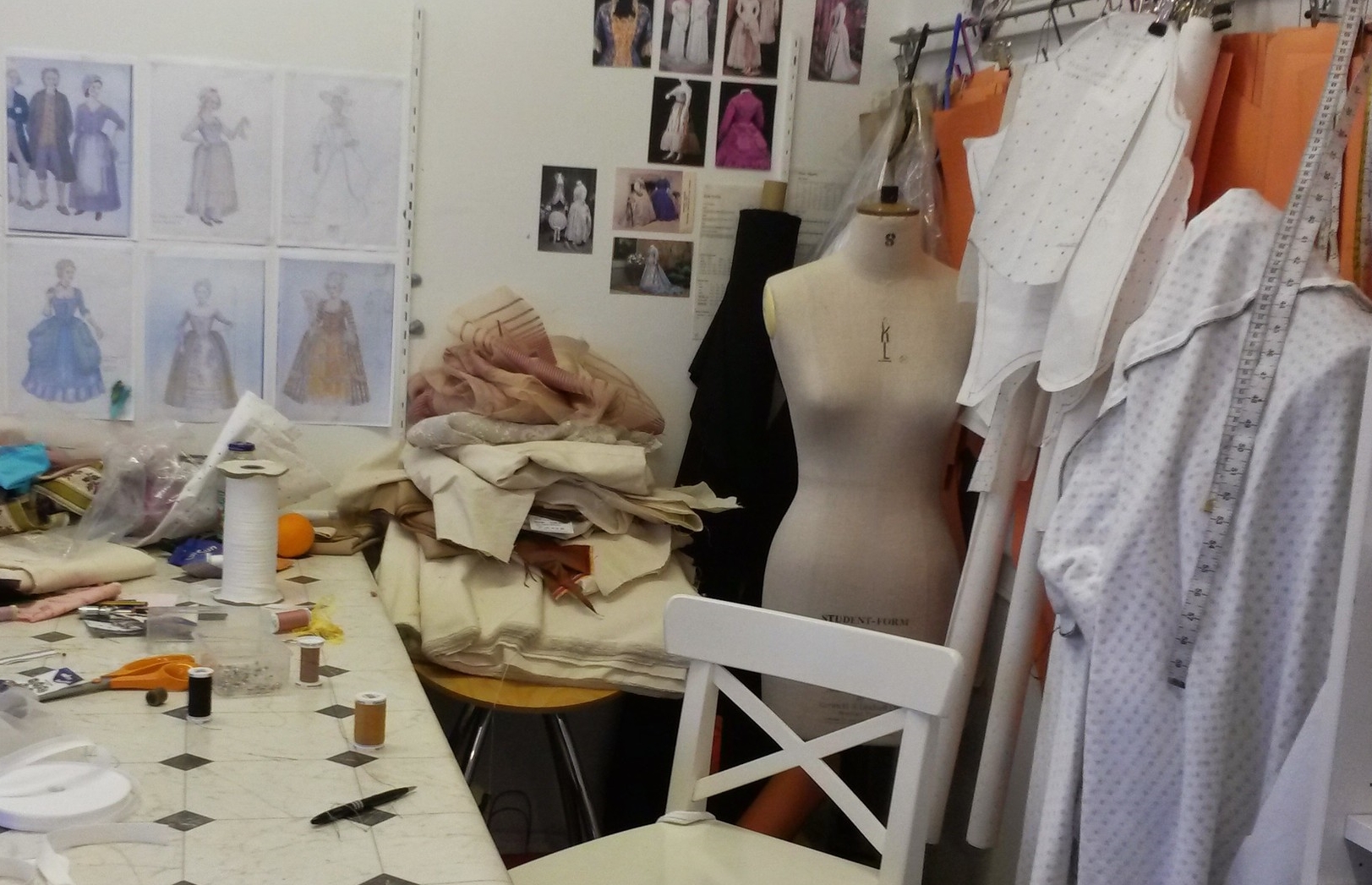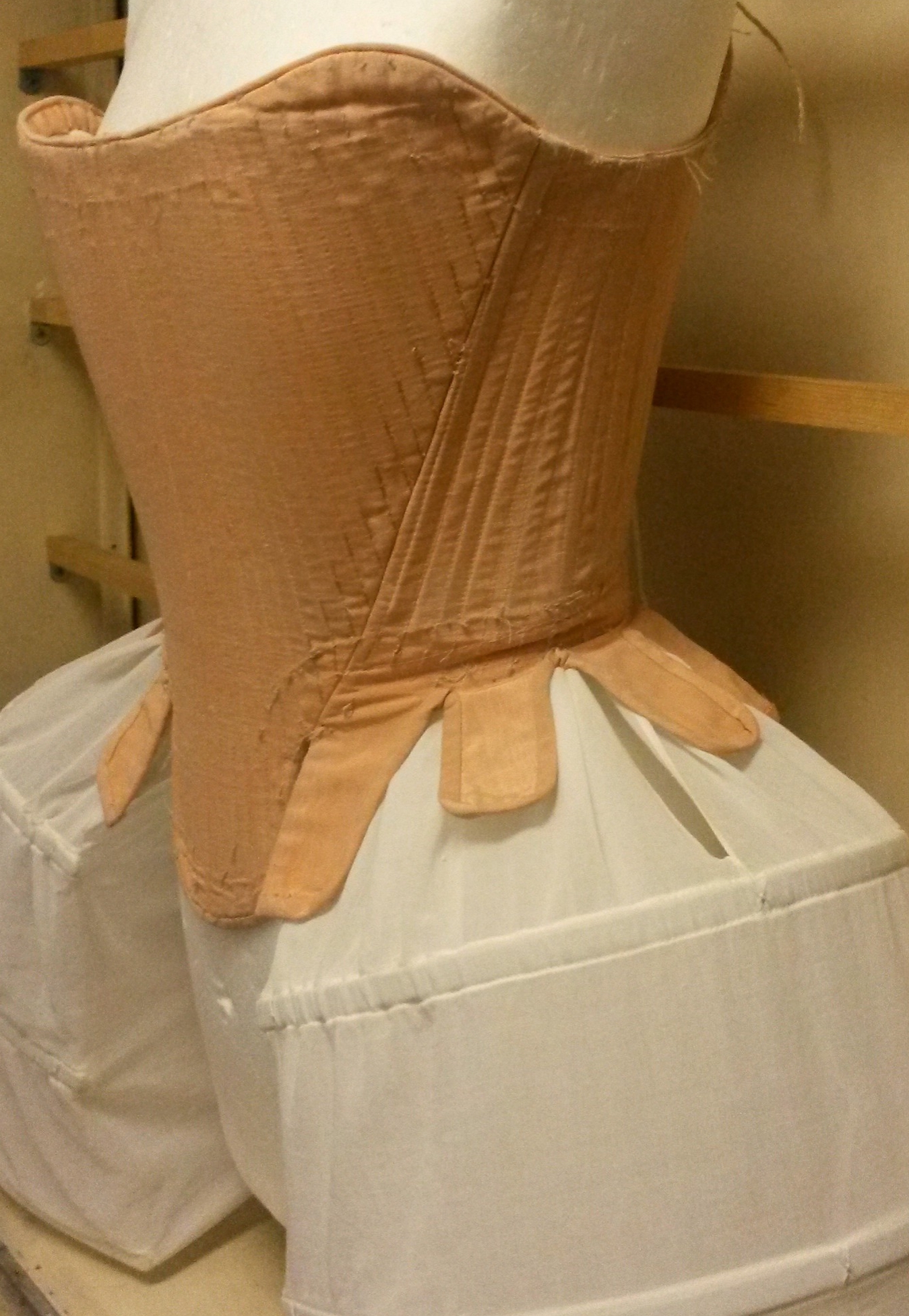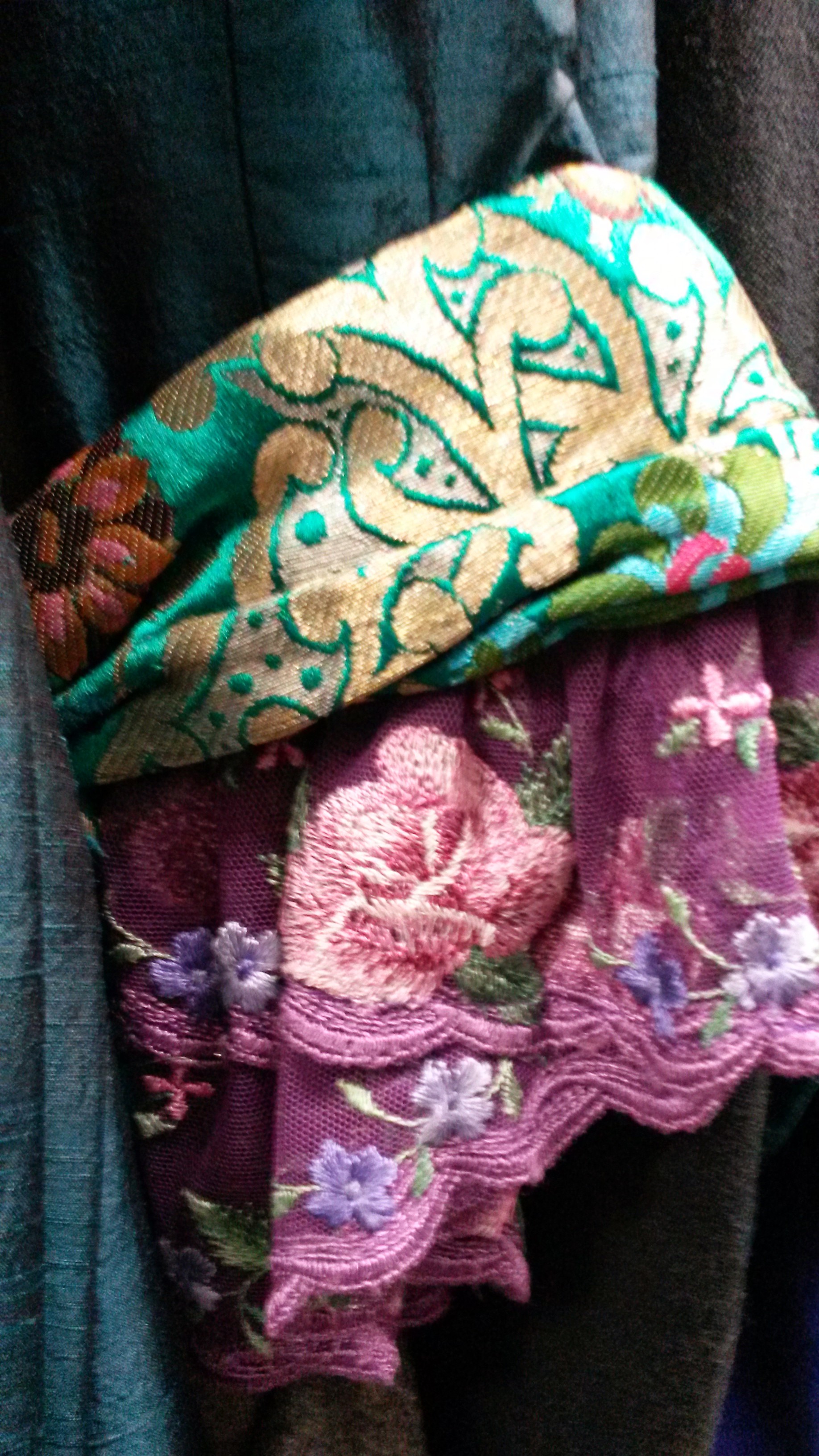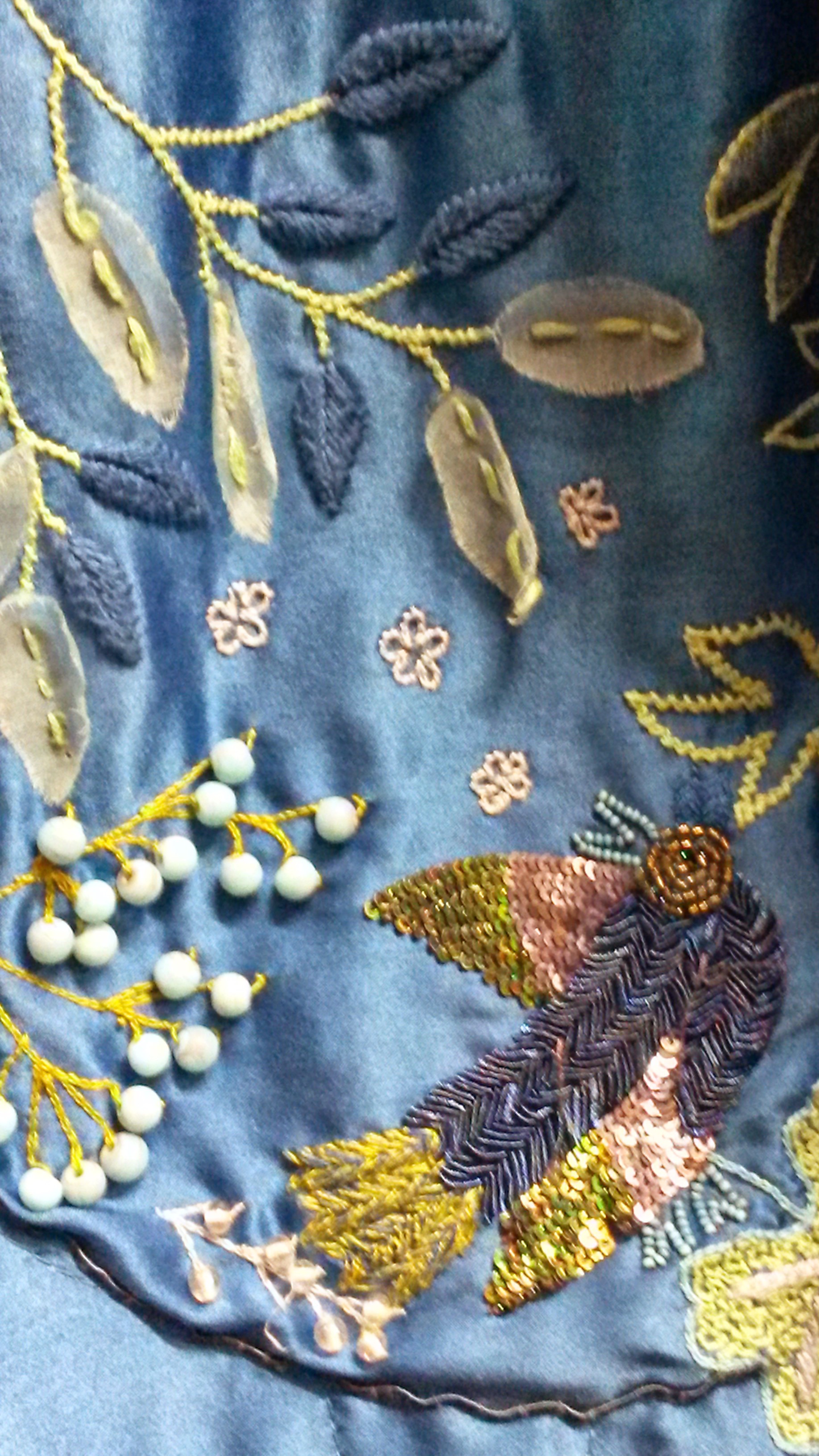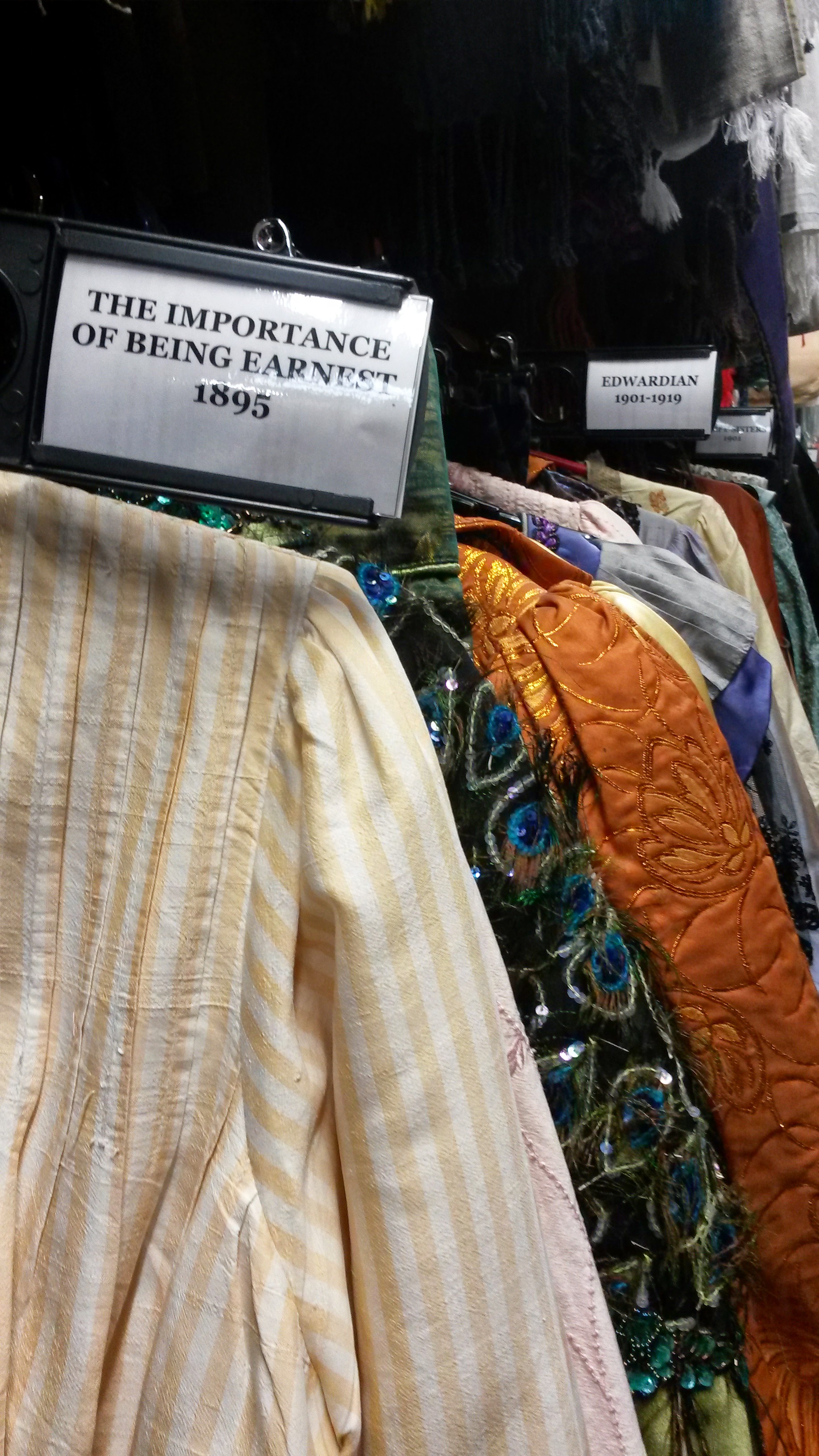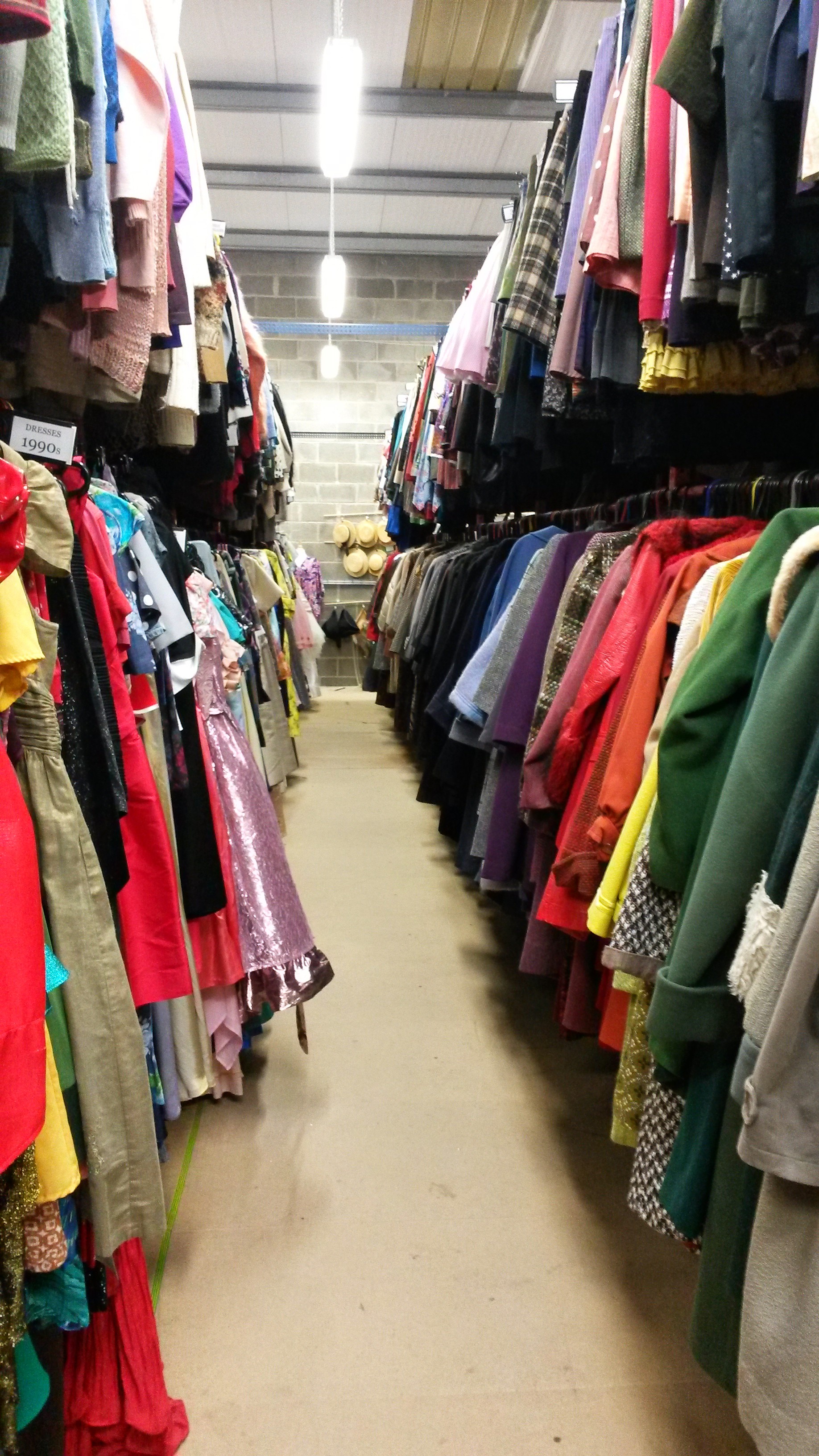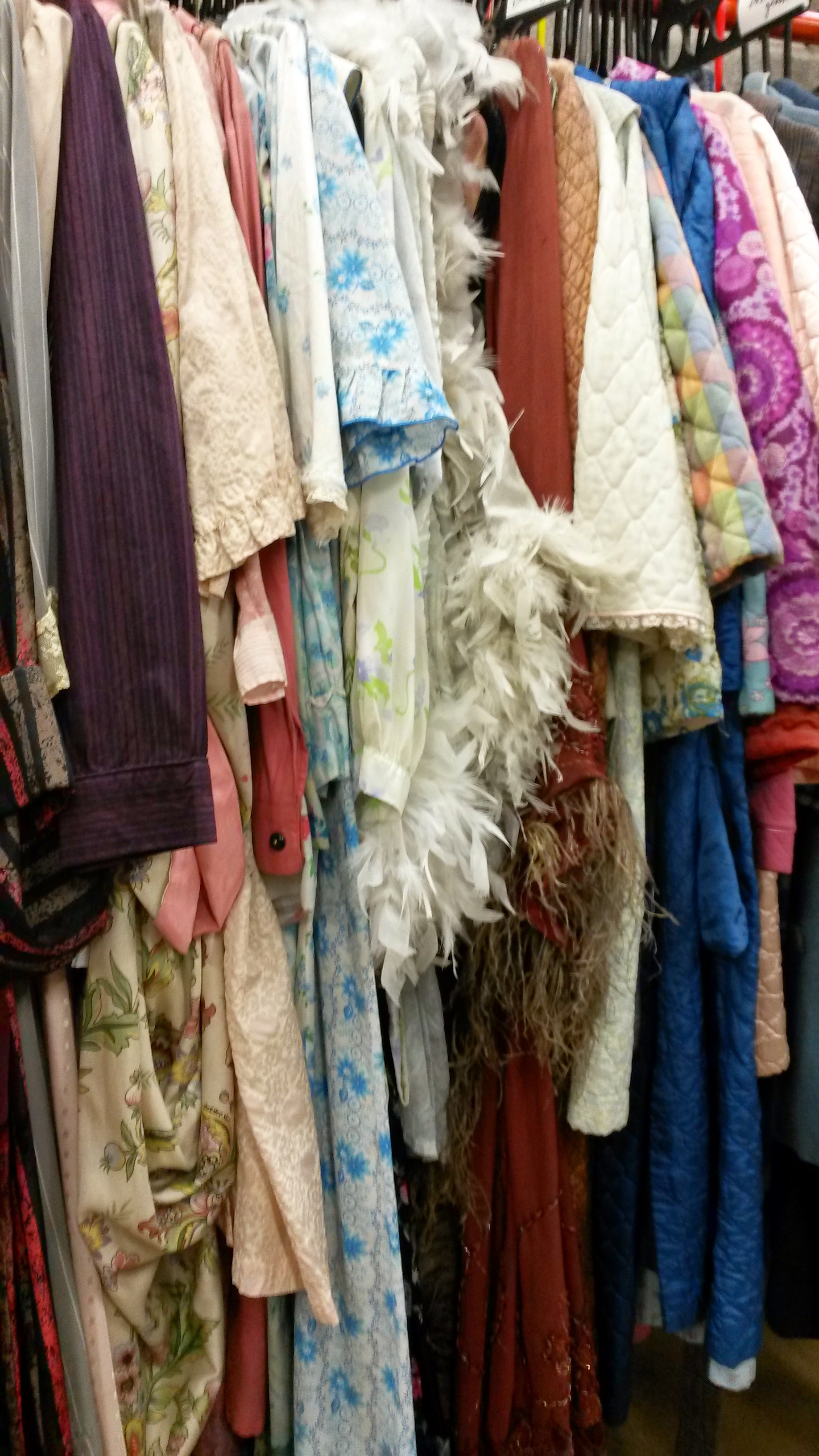As my visual art practice is concerned with the process of responding to literature through personal interpretation of prose and poetry I was curious as to the methodology employed by costume designers. In speaking to costume designers such as Jo Conway and Inez Nordell the process is clearly outlined from the preliminary stages of analyzing the text as well as structured historical research through to establishing a character’s narrative and finally designing the costumes.
In conversation with Niamh Lunny, Head of Costume at the Abbey Theatre, Dublin she was in agreement as to the efficacy of this framework but also added the importance of the personal and creative response of the individual designer in creating a ‘vision’.
During a tour of the Costume Department Studios in the Abbey, the rigorous attention to detail of the designers was evident as historical references, sketches, colour studies, fabric swatches and patterns surrounded the desks. Dressmaker’s mannequins filled the studio and were set to the actor’s measurements as patterns are designed, cut and sewn to fit each individual. A storeroom full of undergarments; corsets, stays, crinolines and padding, illustrated the faithful adherence to silhouettes. Stations were set up where costumes and accessories undergo effects that create an illusion of authenticity such as ageing, staining, scuffing, tearing and ripping. There seemed to be a never-ending archive of meticulously catalogued accessories, watches, earrings, brooches, cuff-links….
The precision and accuracy of the designers was truly impressive, not to mention the beauty of the costumes. Incredibly, some of them were even embroidered, beaded or sequined by hand. This was remarkable as the costumes would only ever be viewed from a distance by the audience. They often become a labour of love replied Niamh.
In an unassuming warehouse, the Abbey Costume Hire houses a collection of over 20,000 items, including beautiful and intricately embellished costumes. Two floors are filled with every manner of apparel and accessory imaginable. Corridors are formed by towering rails of garments, endless racks of shoes, handbags and hats. Each item is carefully archived and labels indicate specific plays or historical periods.
A treasure trove of costume where hours could be spent pulling garments from the rails, inspecting the fabrics, embellishments and details. Not to mention the drama, performance and production that is intimated in each item. Dress rehearsals, curtain calls, fluffed lines and encores. The excitement, adrenaline and nerves of the actors are secrets kept in the silent rows.


